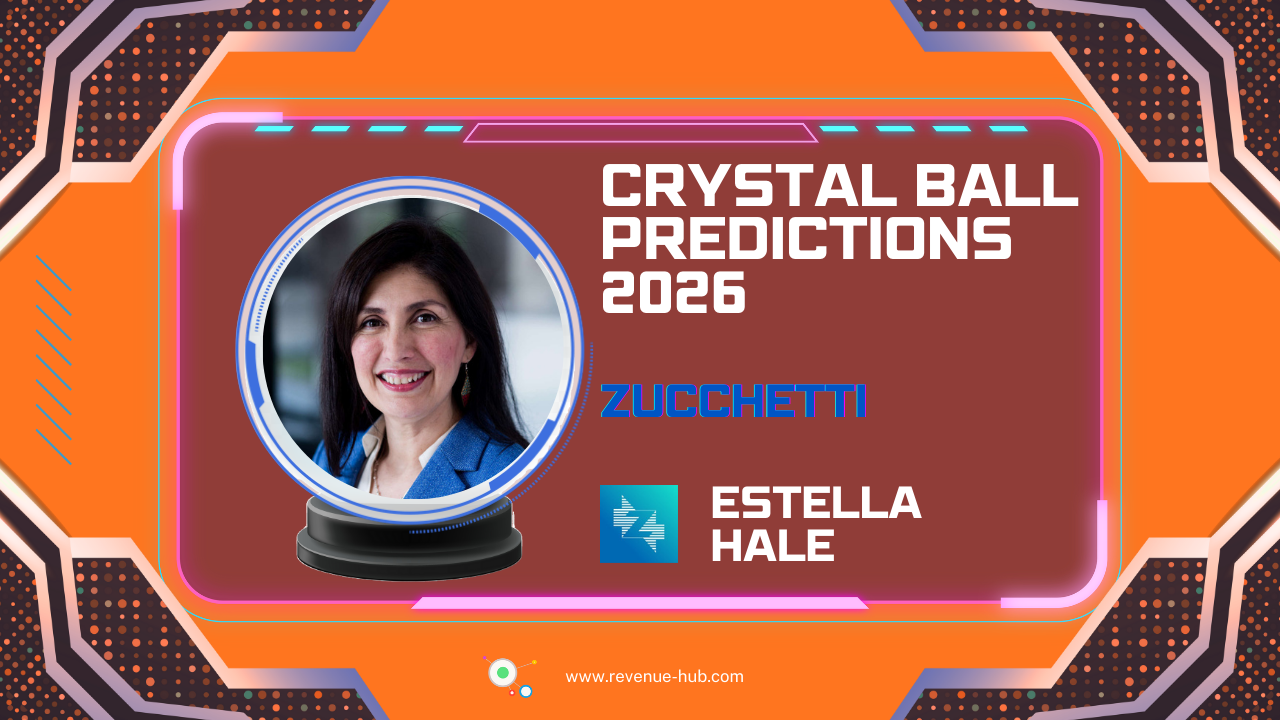
In the world of hospitality, everyone talks about data – how much you can collect, how fast you can access it, and how many dashboards you can create.
NB: This is an article from Otelier
Subscribe to our weekly newsletter and stay up to date
But after two decades of working with the most sophisticated data models, I’ve learned something critical: just having the data isn’t enough.
What truly matters is whether your data is structured in a purpose-built way that allows you to extract insights – quickly, consistently, and at scale.
The hospitality industry is awash in data, from PMS and POS systems to accounting platforms, spa booking software, guest reviews, and more. Yet even organizations that invest heavily in pulling this data into one place often find themselves asking the same question: Now what?
Collecting data is only the beginning – the real power lies in how it’s modeled, structured, and activated to support better business decisions.
The Problem with Centralized (But Unstructured) Data
A centralized warehouse may store your data – but without a model that mirrors how hotels actually run, it’s little more than an expensive archive.
Take an example from a global luxury hotel brand I’ve worked with closely. They had data from multiple PMS systems, different general ledgers, inconsistent account codes, and a variety of reporting standards across properties. Technically, all the data was in one place – but it wasn’t usable without extensive manual effort to clean, standardize, and interpret it.
That’s because hospitality data is complex. It’s not just about occupancy and RevPAR – it’s about how reservations are structured, how cancellations are handled, how group vs. leisure business is segmented, and how departments like food & beverage and spa interact with the rest of the operation. Without a robust data model tailored to this complexity, centralization alone solves very little.
A mature data model does more than mirror operational metrics. It builds in domain expertise: how a guest reservation should be represented, how revenue is allocated, how AR aging fits into the financial picture. It’s also agnostic to source systems, normalizing inputs from various vendors into a unified structure.
This kind of modeling allows decision-makers – whether they’re analysts, operators, or CFOs – to trust the numbers and work from a consistent foundation. It also opens the door to automation, advanced analytics, and AI.
Another important factor is accessibility. In high-performing organizations, everyone from hotel GMs to corporate analysts needs access to reliable data. That’s why modern hospitality platforms are moving to the cloud, investing in scalable data warehouses like Snowflake, and layering in visualization tools like Power BI or Tableau.
Equally critical is flexibility. Some operators want ready-made dashboards. Others, like data science teams at large operators and brands, want raw access to models they can manipulate and build upon. The most effective platforms support both, offering tools for easy reporting alongside sandbox environments for advanced use cases.




